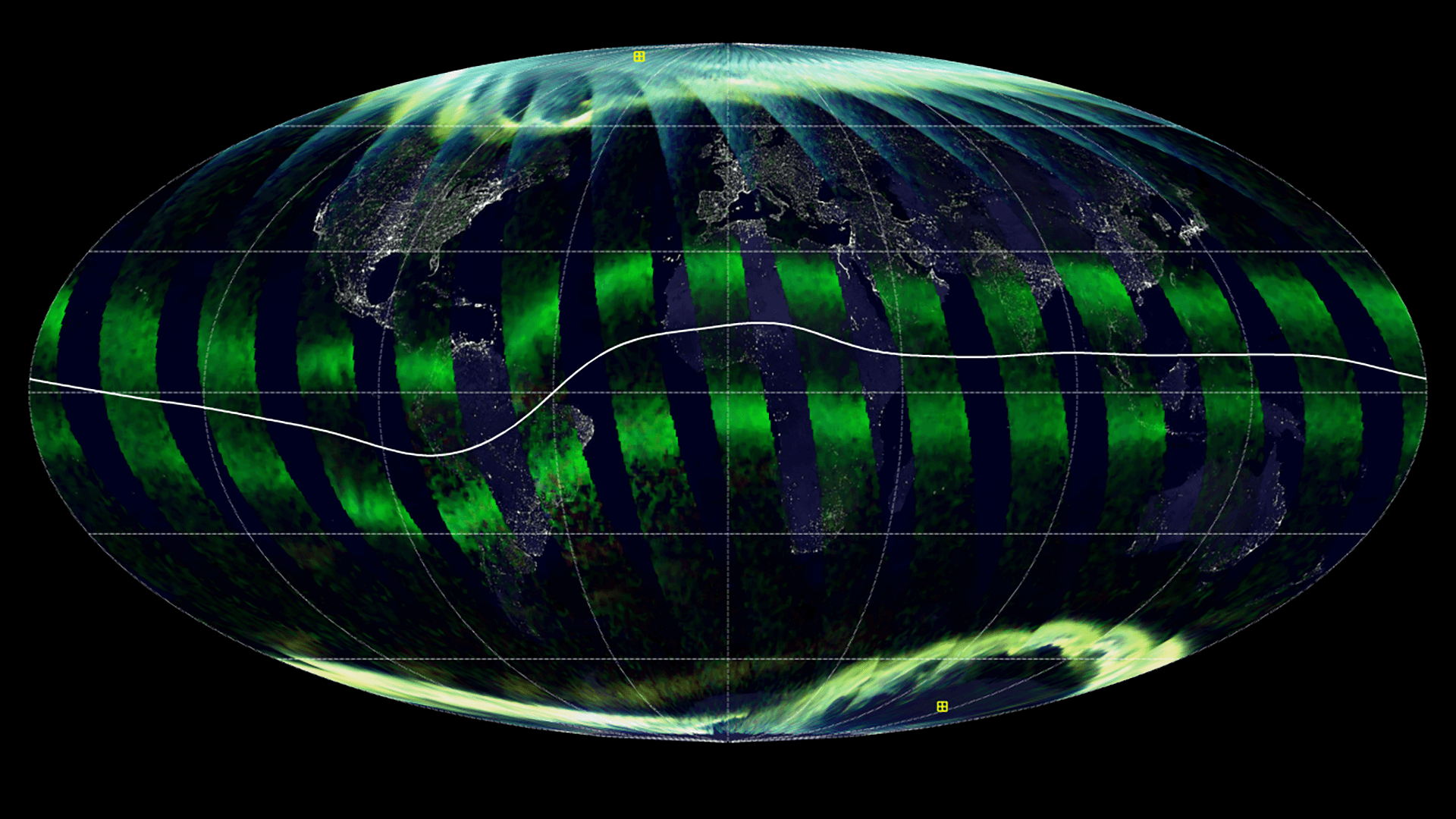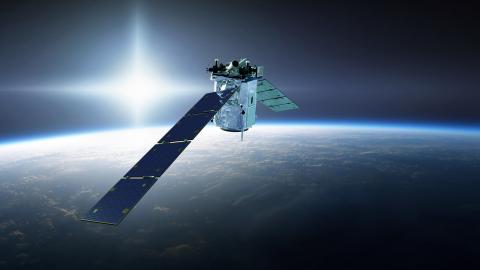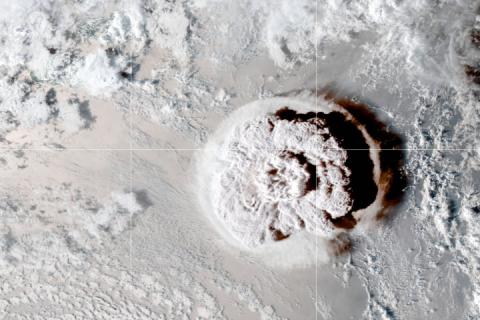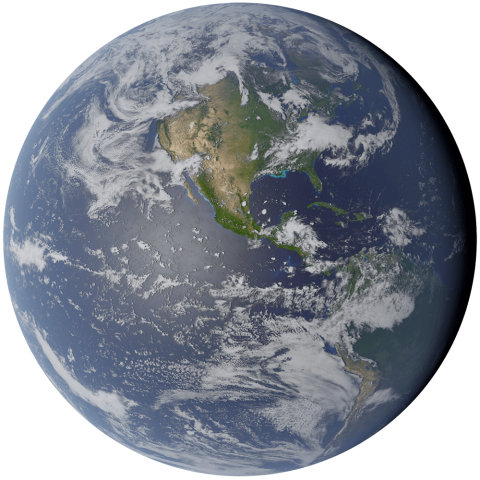About the Instrument
Instrument Type
Optical
The northern lights, or auroras, not only provide a fascinating and spectacular light show but also hint at a complex chemical and physical process taking place in the upper atmosphere (above 80 kilometers). Earth is subject to a variety of inputs from the Sun, but those taking place in the ionosphere, thermosphere and mesosphere have been particularly hard to observe and unravel. The APL-built TIMED mission, launched in 2001, continues to provide critical observations of this important region.

Built by APL for the TIMED mission, the Global Ultraviolet Imager (GUVI) observes the upper atmospheric layers of Earth in the far-ultraviolet range. Over its nearly 20-year observation period, GUVI has provided insights into the chemistry and dynamics of the ionosphere and thermosphere. Understanding these processes provides useful information about the fundamental physics of the upper atmosphere as well as space weather and its effects on terrestrial applications such as radio communications and precise satellite orbit predictions.
Mission
TIMED
Related News & Stories
Go inside APL’s space missions and research, and check out the latest news, features and discoveries from the teams that are probing mysteries from the Sun to the edge of the solar system and beyond.





